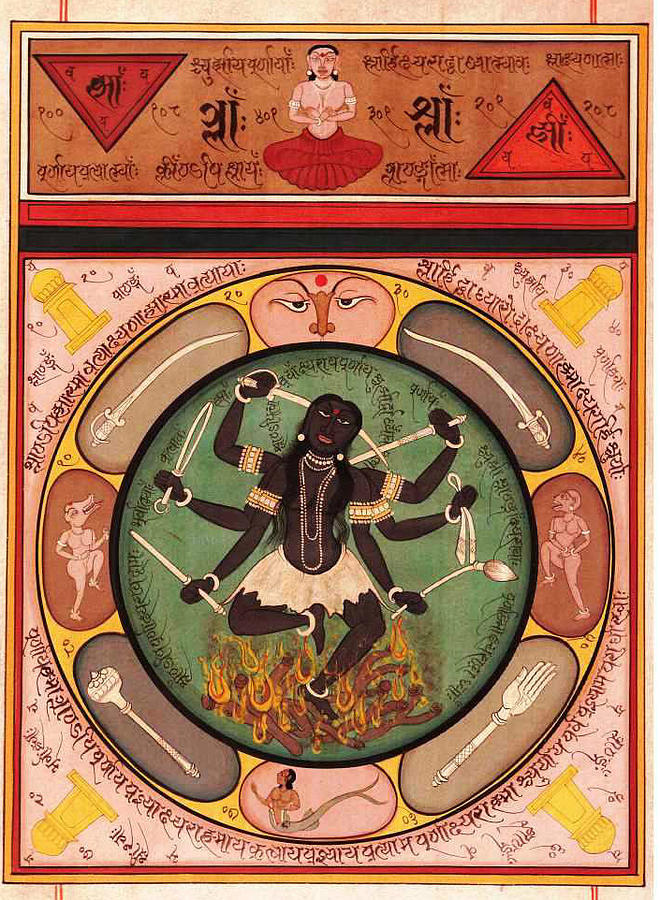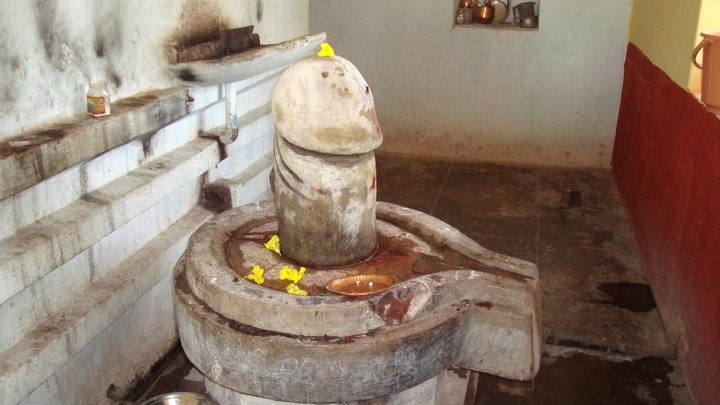
Since I have frequently started writing about Hindu and Vedic religions being different, naturally I keep on receiving many objections, threats and questions. Just today I received a series of the questions from Mr. Aryan Sharma and I am happy to answer them.
Most of the times many people are under false impressions about the religion and its origin; hence the ignorant questions or objections are the inevitable outcome. I urge upon the readers to study carefully the cultural history of subcontinent Without keeping any biases or prejudices so that they also can reach the same conclusion as I have!
Q1.How Vedic tatva gyan differ from yoga darshan,Vaisheshik, Upanishads?
Ans. : As per Vedic doctrine one only can attain better life after the death if he believes in sacred Vedas, Smritis and offers respect to the abstract gods through fire sacrifices. There is no concept in Vedic doctrine like ultimate salvation. The concept or even word “Ishvar” is absent in the Vedas like sacred syllable “Om”. Yoga also does not find any place or mention in the Vedic doctrine.
Samkhya, Vaisheshika along with Nyaya and Yoga Darshana are totally contrary to the Vedic philosophy. Also, Samkhya Darshana has pre-Vedic roots those thrived in Asura clans, ancient predecessors of the Hindus. The core of Hindu philosophy is duality in the form of Shiva-Shakti which gets unified in the form of Advaita. Samkhya Darshan treats Shiva-Shakti, not as the personified gods but the fundamental principle in form of the Prakriti and Purush. Salvation is the ultimate aim which can be attained by simple puja, bhakti or practicing the Yogic ways. Hindu doctrine essentially finds unity in the self (atman) and creative source that is abstract in form of the "Parmatman".
Vedic philosophers have been against these ideas including idol worship which is prohibited by the Smritis. Later on, when the Vedics could convert many from the Hindu religion, these ideas were penetrated in the Vedic religion but they appropriated by maintaining the supremacy of the Vedas while giving the subordinate position to the Hindu scriptures.
Q2.If Vedas were not allowed to women then how Devi Lopamudra, wife of Sage Agastya wrote verses of Rigveda?
Ans.: Banning women from the Vedas and Sanskrit was far later development in the Vedic religion. First of all Vedas themselves had become indiscernible as its language was a mix of Old Persian and old Prakrits. Vedic language has been gone through at the least five modifications as per Witzel. What women would do even if they just recited Vedic verses without understanding them? A Vedic scholar Kautsa also had declared that the Vedas are meaningless!


Prohibiting women from Vedic rites also had another reason. Vedic religion is based on the patriarchal order where women are treated secondary, just as a mean for reproduction. They do not have equal rights, either in religion or in domestic matters. Hindu order always was egalitarian where women possessed equal rights and freedom in the society. If we go through the Prakrit literature, we find hundreds of poetess and their invaluable compositions. Many female yoginis have authored Tantra scriptures. If we look at the saints we will find many female saints emerged boldly claiming genderless equality. Such phenomena is absent from Vedic social history.
As far as Lopamudra is concerned, verses in Rigveda have been composed by her to woo her husband to satiate her desires instead of taking the path of celibacy. The verses attributed to her do not create a picture of husband and wife being equal. In fact, her verses are an outcry of a woman who is deprived of her conjugal rights. This is why the Vedics never want to discuss her hymns those are in a way outcry of the Vedic women!
Gender-based equality is totally absent from the Vedas.
Q3.If vedas were not allowed to Shudras than how Kavash Ailush who was born to a Shudra became mantra drashta of Rigveda?
Ans.: Kavasha Ailusha was not “Shudra” though many try to conveniently misinterpret the term to show how Vedics also were egalitarian. The fact is since Vedics had not come across Shudra tribe till then, on what basis kavasha could be termed as Shudra? The only fact is though he was inferior by birth as per Vedic social norms, he very much was the product of the Vedic society. Conflating him with Shudra (a tribe, originally known as Sudda) is not only erroneous but misleading.
Q4. If Vedas brought discrimination and upper and lower caste division, Brahman supremacy etc . than How was Maharishi Dayanand Saraswati able to prove from Vedas that Vedas are for all varnas and women.
Ans: Dayanand Sarasvati was attempting to revive Vedic religion in the new order and wanted to bring non-Vedics in the ambit of Vedaism for socio-political reasons. Vedas do not speak at all about to whom the Vedas are applicable and to whom not. The Smritiers codified the Vedic religion and restricted the Vedas to only those who were adherents of the Vedic religion and social system. So-called Shudras had their own religion and hence there was no need to them to learn the Vedas. They had their own Tantra based doctrine and they have been following it since pre-Vedic era.
Q. 5 when did Shaiv dharam and Jainism came?
-Shaiva (Hindu) religion has remote roots. Archeological evidences prove that this religion was thriving from at the least 3500 BC. Jainism is offshoot of Shaivism that developed the doctrine of Shaivait renunciation and added non-violence element to it. However, there is little to differentiate between Hinduism and Jainism. The ascetic ways were originally developed by Hindus. Shiva is always seen in ascetic form. The founder of the Jainism is also known as Adinatha, another name of Shiva.
There also are some more questions; however, I have answered only those that have some coherent order.
In fact many do not like to digest the truth that Vedic and Hindu religions are fundamentally different and principally contrary to each other, the basic being the differences in social philosophies.
